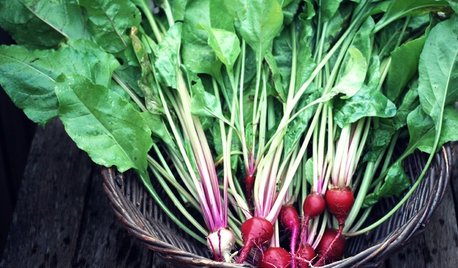Difference between Cherokee Purple and Cherokee Chocolate
sylvana11
14 years ago
Featured Answer
Sort by:Oldest
Comments (12)
gardningscomplicated
14 years agolast modified: 9 years agolee_71
14 years agolast modified: 9 years agoRelated Professionals
Windham Landscape Architects & Landscape Designers · Surprise Landscape Architects & Landscape Designers · Southfield Landscape Architects & Landscape Designers · Harvey Landscape Architects & Landscape Designers · Dedham Landscape Contractors · East Patchogue Landscape Contractors · Thonotosassa Landscape Contractors · Wentzville Landscape Contractors · Weslaco Landscape Contractors · Dallas General Contractors · Florham Park General Contractors · Hampton General Contractors · Hyattsville Decks, Patios & Outdoor Enclosures · Overland Park Decks, Patios & Outdoor Enclosures · Salisbury Decks, Patios & Outdoor Enclosurescarolyn137
14 years agolast modified: 9 years agosylvana11
14 years agolast modified: 9 years agobluemater
14 years agolast modified: 9 years agocarolyn137
14 years agolast modified: 9 years agosylvana11
14 years agolast modified: 9 years agocarolyn137
14 years agolast modified: 9 years agocalicottage
14 years agolast modified: 9 years agogrneyedldy
8 years agoSeysonn_ 8a-NC/HZ-7
8 years ago
Related Stories

EDIBLE GARDENSSummer Crops: How to Grow Tomatoes
Plant tomato seedlings in spring for one of the best tastes of summer, fresh from your backyard
Full Story
MY HOUZZMy Houzz: Attention to Detail Revives a Century-Old Louisville Home
After 13 years of wishful thinking, a couple complete a 5-year renovation in their historic Highlands neighborhood
Full Story
SPRING GARDENING7 Spectacular and Practical Spring-Flowering Trees
Put on a beauteous show in the garden with a landscape tree awash in flowers — just do your homework first
Full Story
FALL GARDENING11 Trees for Brilliant Fall Color
Give your landscape the quintessential look of autumn with the red, orange and yellow leaves of these standouts
Full Story
FARM YOUR YARDHouzz Call: Home Farmers, Show Us Your Edible Gardens
We want to see where your tomatoes, summer squashes and beautiful berries are growing this summer
Full Story
WEDDINGSHow One Couple Got a Perfectly Intimate Backyard Wedding
Vintage pieces, natural materials and close family and friends are an ideal combination for a Pittsburgh couple
Full Story
GREEN BUILDINGJust Add Water: Rain Barrel Magic
Take your rainwater storage from practical to beautiful with a new breed of design-friendly rain barrels
Full Story
EDIBLE GARDENS8 Last-Minute Additions to a Summer Edible Garden
It’s not too late to get these vegetables and herbs planted for a bountiful harvest this year
Full Story
BOOKSMoMA's First Kids' Storybook Draws on Architects
See Young Frank make things. See Young and Old Frank head to MoMa. See your kids learn about architecture and the museum's collections
Full Story






carolyn137